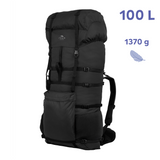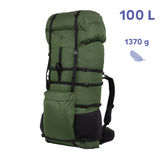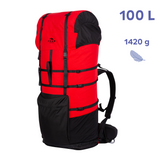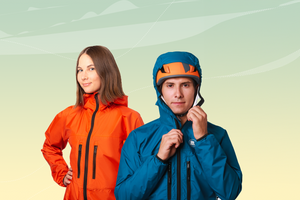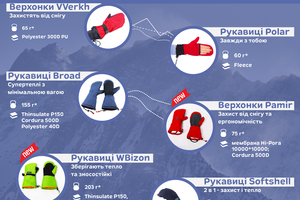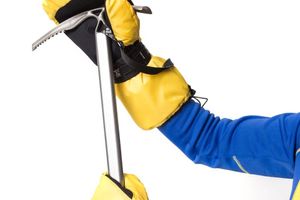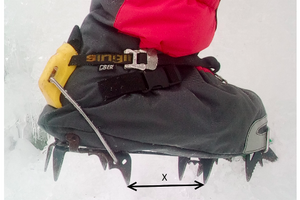How to measure the back of an Osh backpack?
And why is the backpack not adjustable and has only two back sizes?
Dedicated to H. Ford
All backpack constructions which are based on a frameless foundation, and their calculations come from practice. The first dozen backpacks were made to individual measurements of people, taking into account their preferences and previous experience. We expected that the length of the back would be directly proportional to a person's height, but it turned out not to be entirely true.
There are two types of backpack carrying:
- High - when the backpack belt is worn at the waist level.
- Low - the backpack belt is worn on the hips.
In both cases, the attachment point of the shoulder straps should be slightly above the shoulder blades but not higher than the beginning of the shoulder bend. The placement of the attachment point may vary slightly since the backpack is still pulled towards the back by anti-swing mechanisms.

As it turned out, regardless of gender and height, everything comes down to a small range of sizes:
- Minimum - usually suitable for people with a height of ~ 155-175 cm or, if a person is tall but used to wearing a backpack high (on the waist).
- Maximum - usually suitable for people with a height of ~ 170-195 cm, sometimes also suitable for shorter people who wear the backpack low on the hips.
So empirically, we came up with back sizes of 56 cm and 61 cm, which are marked on backpacks as the first letter of the size L or S.
How to determine the required back size:
To understand your size, measure the distance from the bottom of the backpack's back, which you are currently wearing, to the top of the shoulder blades. If you don't wear any backpack yet, measure from the bottom of the back, at the level of the hip bones. In the illustration, this is the distance between Yn and xn.
How to determine the required belt size:
Measure your waist where you wear the waist belt of the backpack. It is important to do this with minimal clothing.
And if you fit into a smaller size, choose a smaller belt size. In other cases - a larger waist belt.
The maximum belt size is 165 cm.
On backpacks, this size designation is indicated by the second letter L and S.
Conclusions:
- If you are a tall man, most likely, you need a large back (size LL or LS).
- If you are short, look for a smaller size (size SS or SL).
- But if you are short and wear the backpack low, check if a large back fits you.
- If you are of average height and wear the backpack high, try a smaller back.
- If your waist fits into a smaller size, choose sizes LS or SS.
|
LL |
SL |
SS |
LS |
|
|
Back height |
56 sm |
51 sm |
51 sm |
56 sm |
|
Minimum belt coverage |
64 sm |
64 sm |
54 sm |
54 sm |
All measurements and fitting of the backpack on a person are relevant when all vertical straps that form the load-bearing frame of the backpack are tightened – the buckles of the flap attachment and the flap pocket buckles.
























